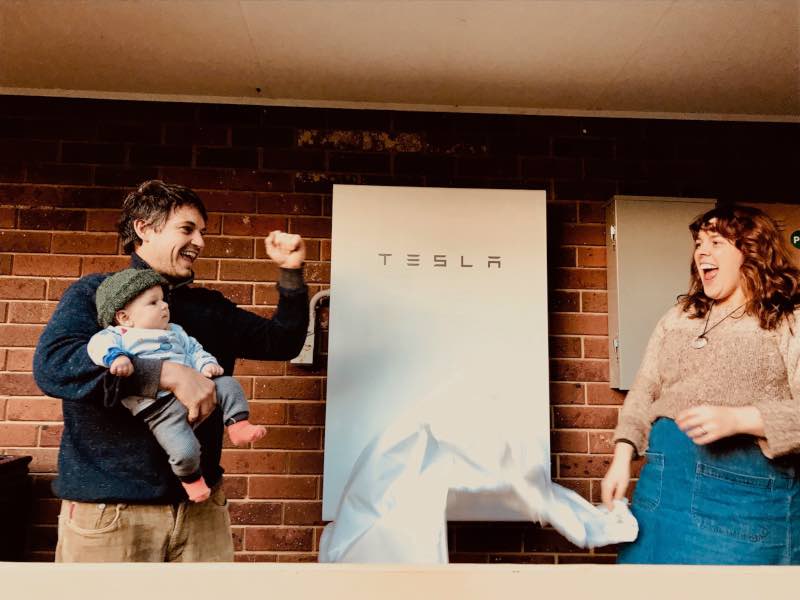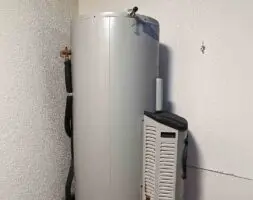Anyone with a long memory in the solar industry will remember when a panel took all of its 25 year life to pay for itself. Back then, we also fretted that solar systems on people’s roofs were only ever going to make a minor impact in terms of turning the electricity system green. The typical system was 1kW and they were horrendously expensive. How wrong we were.
At the time, we did not look far enough into the future to understand that technology prices would fall dramatically, households would put systems as large as 10kW on their roofs, market prices would go negative during traditionally peak times and the capacity of transformers would be constraints to peak export rather than to peak load.
Any modelling with imagination and attention to detail could have made these predictions but no one was exploring the future enough to reveal the challenges that might loom.
Are we looking far enough into the future today? No. The recently released Draft 2024 Integrated System Plan by AEMO captures significant changes in “consumer energy resources” but treats them as an input to the model rather than an investment choice.
The report provides no discussion about how Australian homes and businesses might reorganise their collective demands on the system to make the best use of variable sun and wind. This is an essential part of transforming our energy systems if we are to ensure our investments produce the most cost-effective system for us all.
AEMO’s own Project Edge highlighted that over $5 billion could be saved if we coordinate the solar, batteries, electric vehicles and energy uses like hot water that are distributed throughout our system.
I have been modelling (and exploring) 100% renewable energy systems with elements of wind growth at the large scale (Big Renewables) and Electrify Everything at the local scale.
Two looming challenges we are not considering clearly enough seem to be 1) the pricing of surplus renewable energy and 2) the coordination of generation and energy use to make the best use of our renewable investments and to optimise our dispatchable generation and network investments.
Make surplus renewables available at very low prices
If we price renewables low and peak fossil fuel capacity high we will encourage a faster transition. Surplus renewables are being valued at nothing every time wind is constrained or solar exports are limited but we rarely pay under 20c/kWh for using energy at these times.
Peak capacity that is used for only a few hours per year can cost more than the market cap of $15/kWh. Harmonising prices to even modestly reflect this reality is consistent with an optimised system.
In my 100% renewable scenarios we regularly waste renewable energy for up to 40% of the time if we don’t find better ways to use it. Dave Osmond and AEMO both expect a surplus of around 20% even after using around 10% to charge batteries. In the not too distant future this means that households and businesses should be offered surplus sun and wind very cheaply, for a good part of the day.
At the other end of the cost spectrum, significant dispatchable generation is required (not much less than today’s capacity requirements) but for much shorter hours than today. This means every underutilised investment in generation equipment and network capacity becomes much more expensive because its costs are spread across less generation.
We can make the system cheaper if we can manage our expensive peak. Renewables are now an established part of our system, the peak has shifted and now occurs on the coldest winter evenings and the hottest summer evenings. With this knowledge, we can do a better job of reducing our peak load.
Unfortunately, around half the cost of household electricity is not directly related to the energy we use. The energy businesses need to recover these costs. They also need to recover their capital investments which account for a further 30%.
How to allocate cost recovery and capital costs across electricity tariffs is ultimately a choice made by regulators and retailers. We can insist that the choice is made differently, and that renewable use doesn’t carry the burden of cost recovery, in the name of speeding up our pace of change.
Low prices for surplus renewables would provide an incentive to buy batteries but there are many cheaper options too. Electric vehicles and any charging of electric equipment can be controlled or scheduled to run at sunny and windy times. Hot water tanks usually need to be charged only once a day.
Efficient buildings can be heated and cooled outside of peak times because they can maintain their temperature for many hours. Batteries might cost us 20-40c/kWh but many of the other options will cost only a few cents/kWh.
These investments need to occur inside homes and businesses and they won’t happen magically. Like energy efficiency, using load flexibly is a market failure because it takes time to learn, understand and approve of changes. Rewiring Australia, the Coalition for Community Energy, Solar Citizens and Energy Consumers Australia are among many of the organisations calling for dedicated support for energy users and their communities.
But who’s behind the curtain?
The second looming challenge when we match renewable energy use to renewable energy production is the unanswered question of who should do it.
Projects Edge, Edith and Symphony were funded by ARENA to encourage the network businesses to learn how to coordinate household equipment in preference to limiting rooftop solar or requiring expensive network upgrades.
We are seeing a range of products and platforms that support household control of equipment and virtual power plants allow electricity retailers to be part of that control regime. We need a consistent approach and long term value signals for solutions to be developed.
Individual households and businesses may respond to the price signals. They may want to simplify their role by buying equipment that makes sensible choices on their behalf and allows override when necessary.
Households are wary of the electricity businesses being granted control of their equipment. Confidence in the energy system is at a five year low and people aren’t trusting the information that comes at them from energy companies.
Should network businesses, electricity retailers, product suppliers, aggregators or households be in charge of coordination?
The benefits are mainly unlocked if each low voltage feeder can be managed. That means clusters of 30 – 100 homes, small groups of businesses and sometimes a mix of both are interdependent in the quest for better use of renewable energy.
If you read my last article you know that I think community energy is a key ingredient in our energy transition. This is more than a feel-good claim about everybody being given the chance to participate in shaping the energy future.
Communities are the scale at which we need to solve the technical challenge of capacity on the low voltage system and the economic challenge of suitably pricing, using and expanding rooftop solar generation.
Once we build the capability for optimising local renewables we will have the necessary control and governance in place to strategically purchase surplus wind and reduce peak load – both activities that will benefit the system as a whole.
Regardless of who ends up coordinating household and business energy, some level of local negotiation and agreement will need to be in place.
Community energy is ready to be part of the process that will help us all to access as much renewable energy as possible. We need the system to make changes to local pricing so surplus rooftop solar is cheap to buy and solar constraints are easily lifted.
We need the system to start experimenting with local coordination and information from a range of possible players. Most of all, we need to look together – past tomorrow and all the way to 100% renewable energy – so we can grapple with the looming challenges before they are upon us.
Heather Smith is chair of the Coalition for Community Energy (C4CE)










